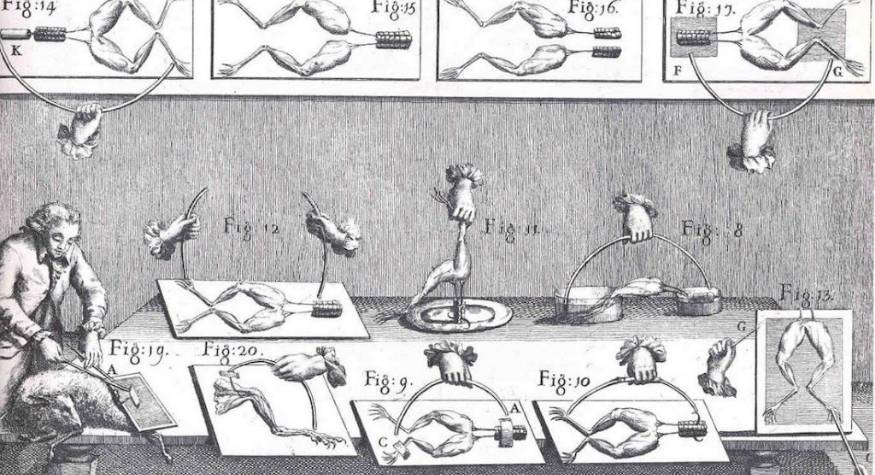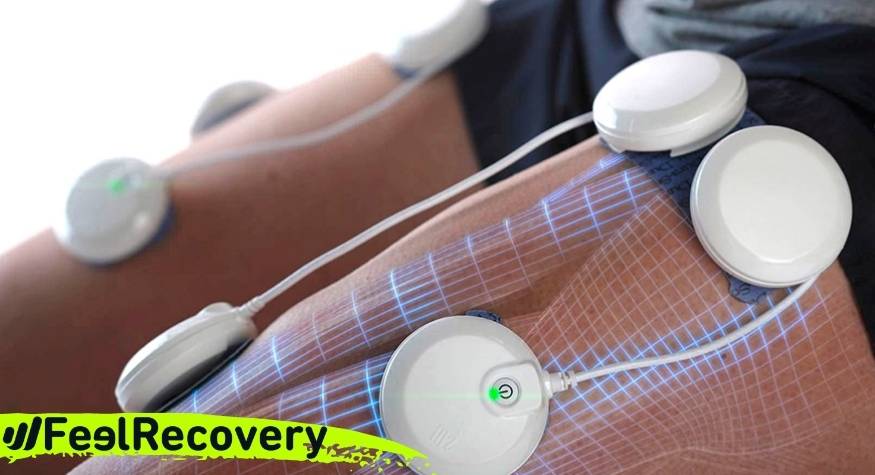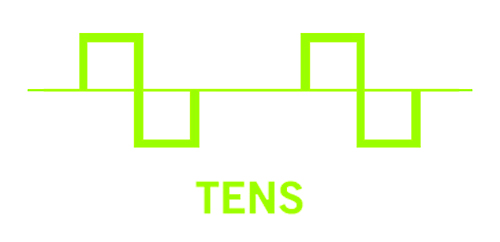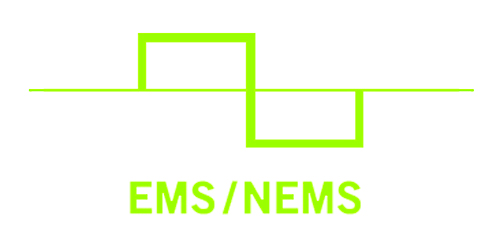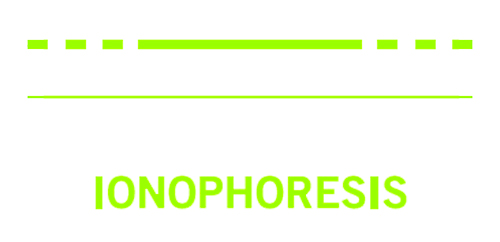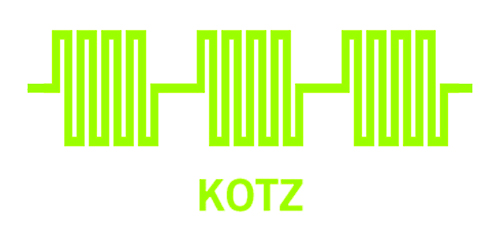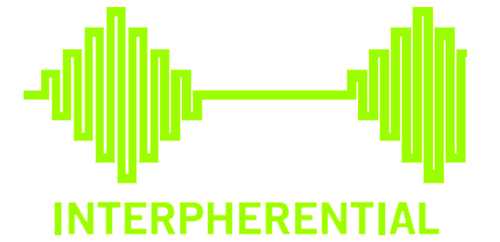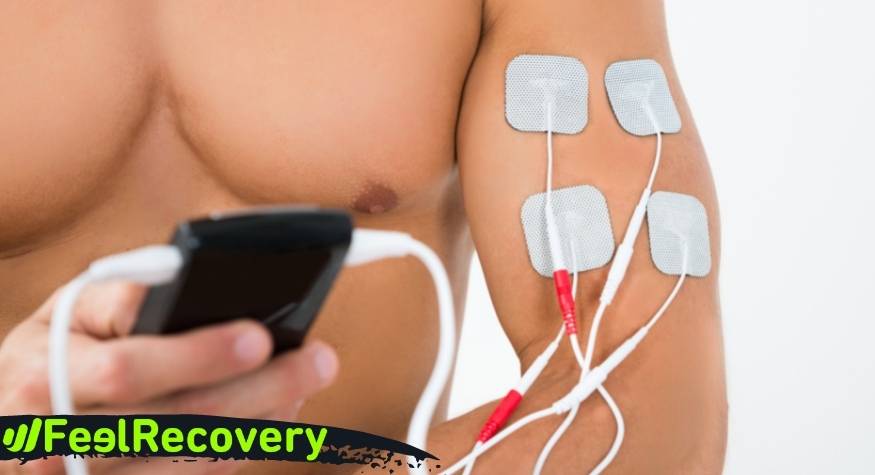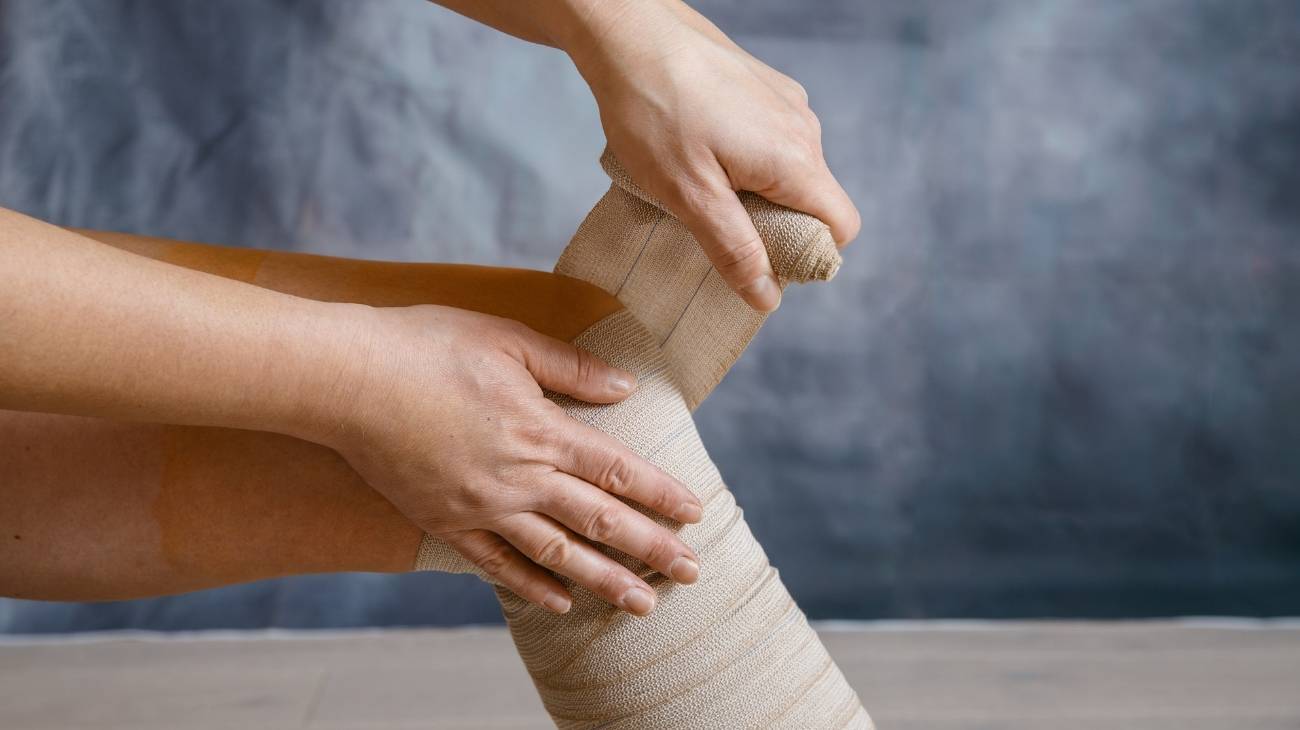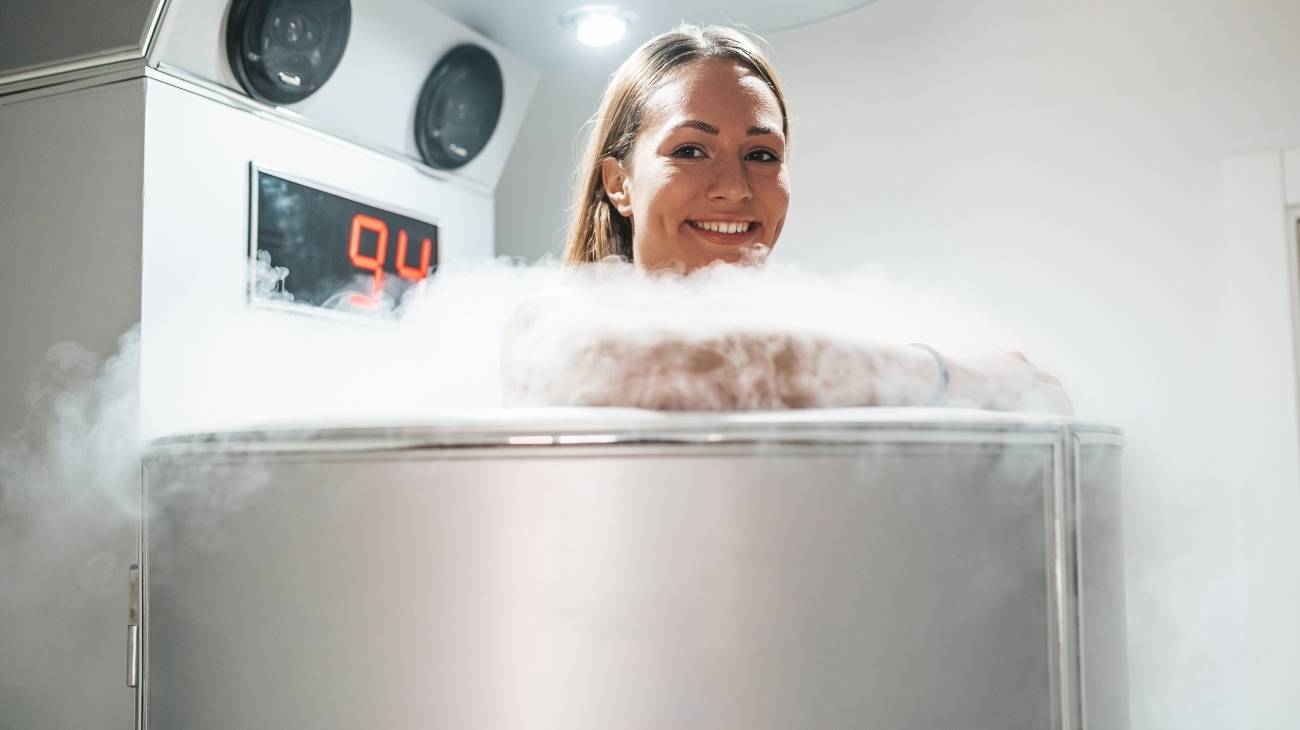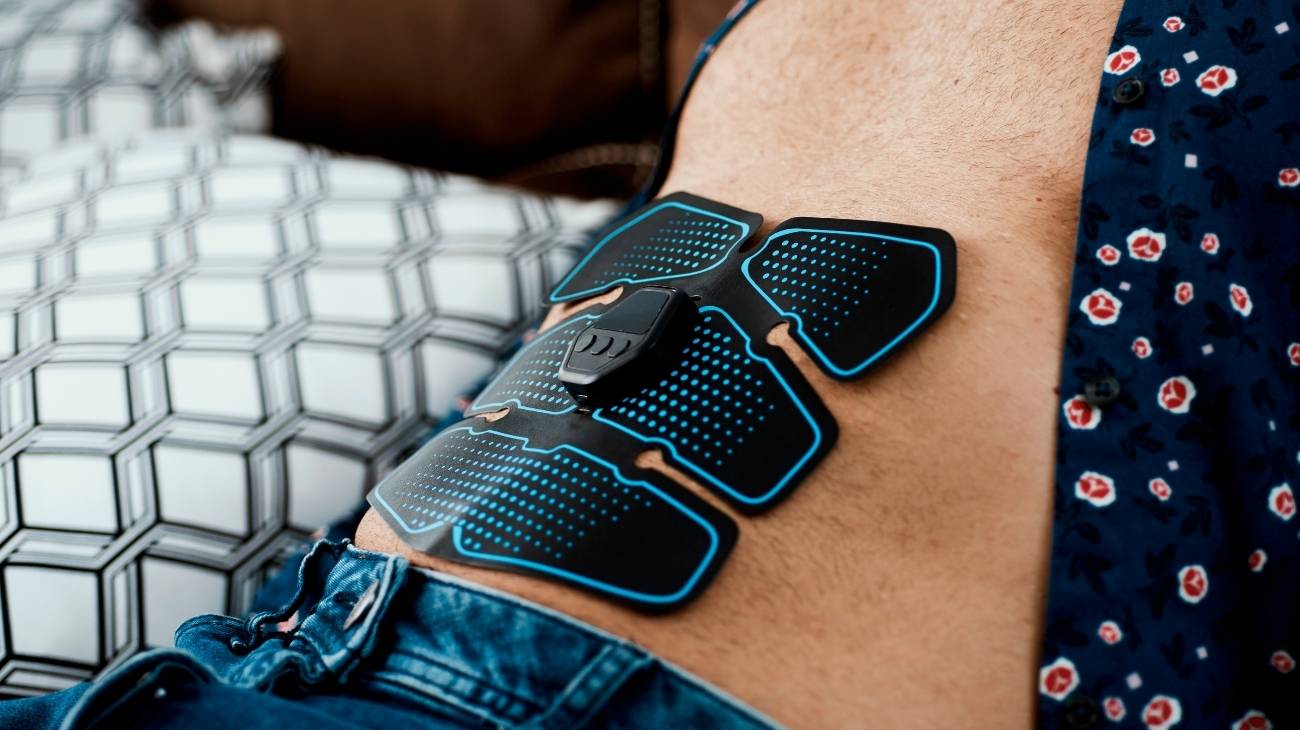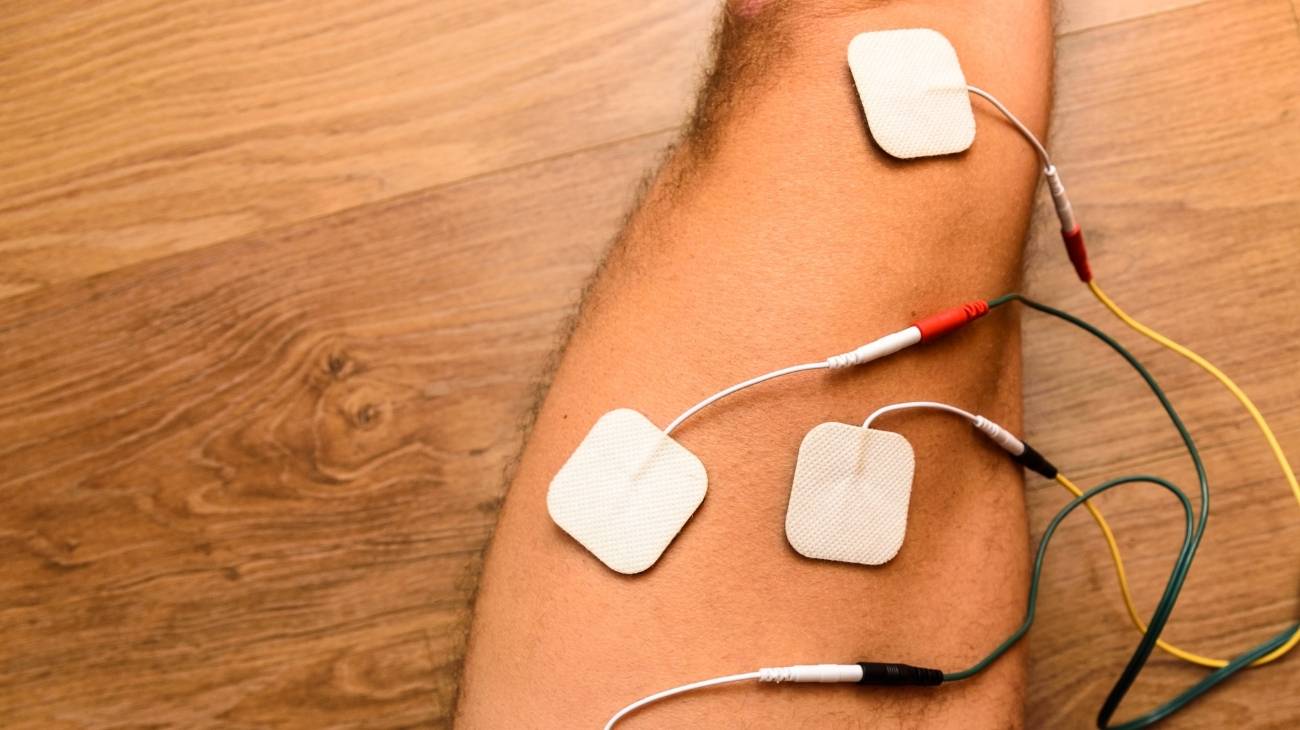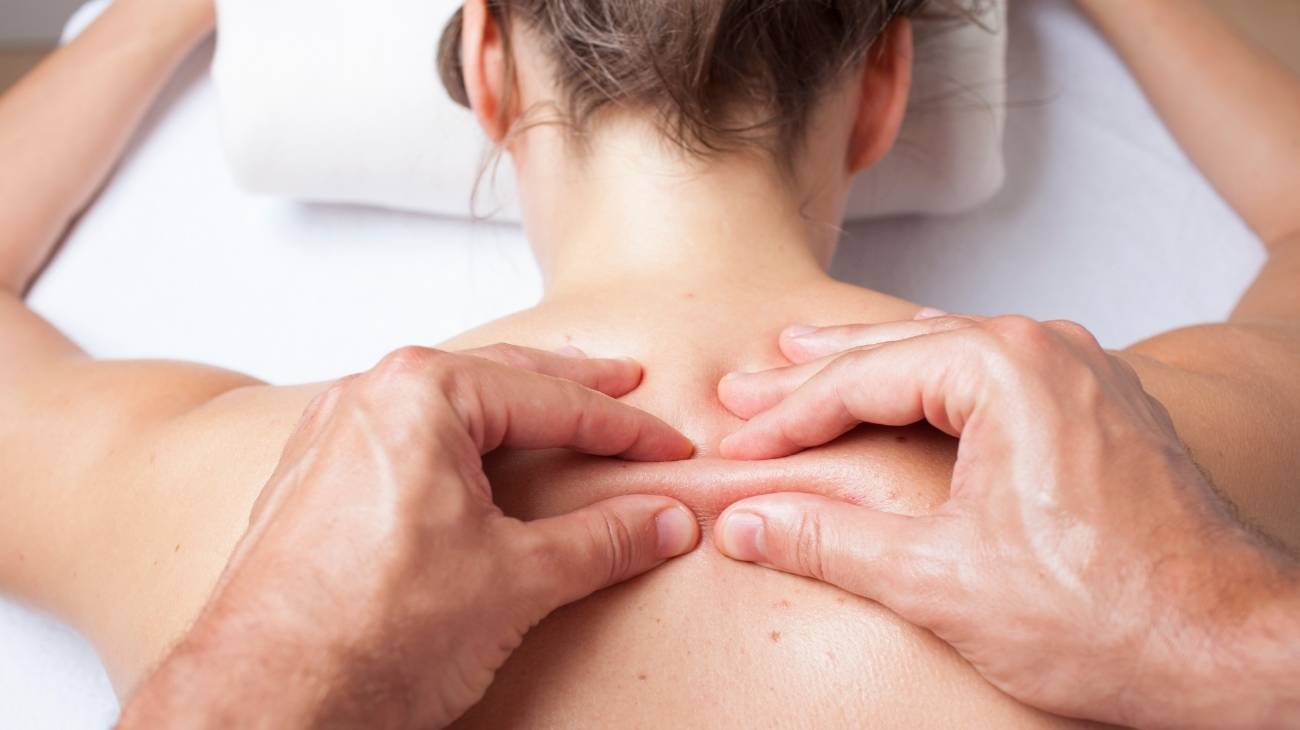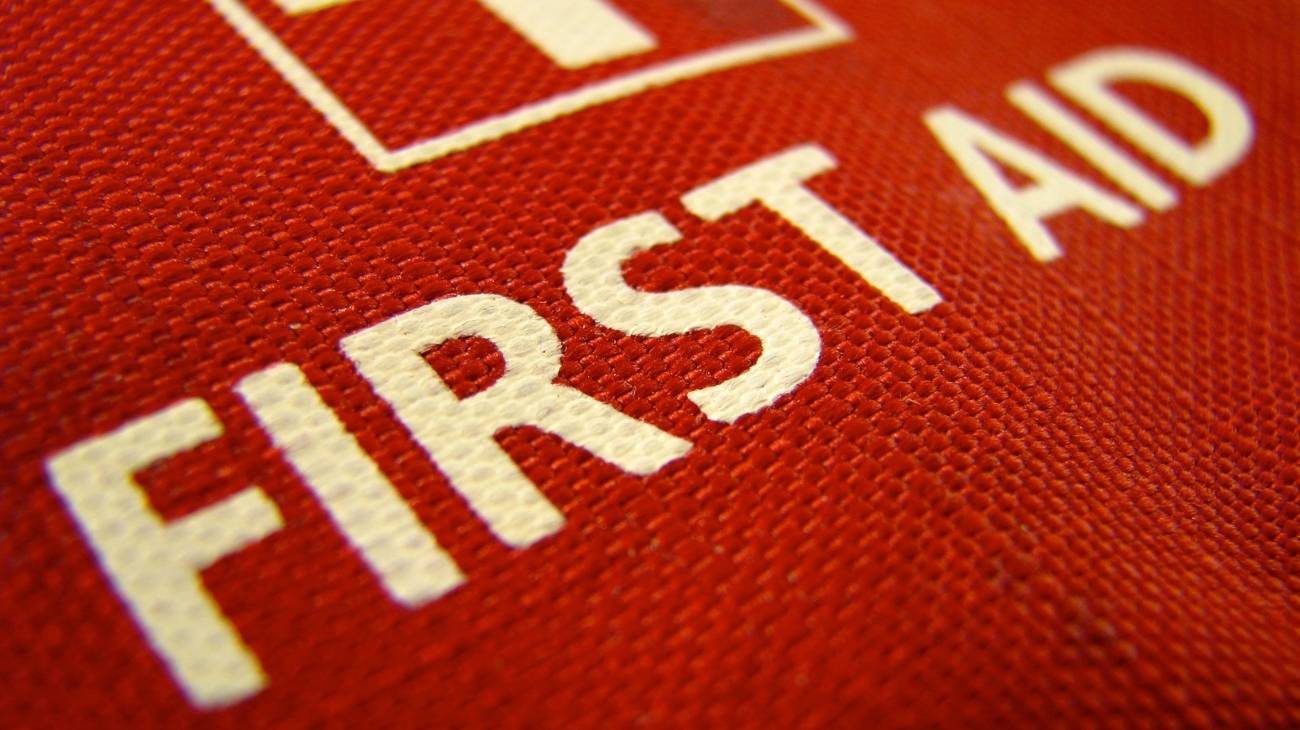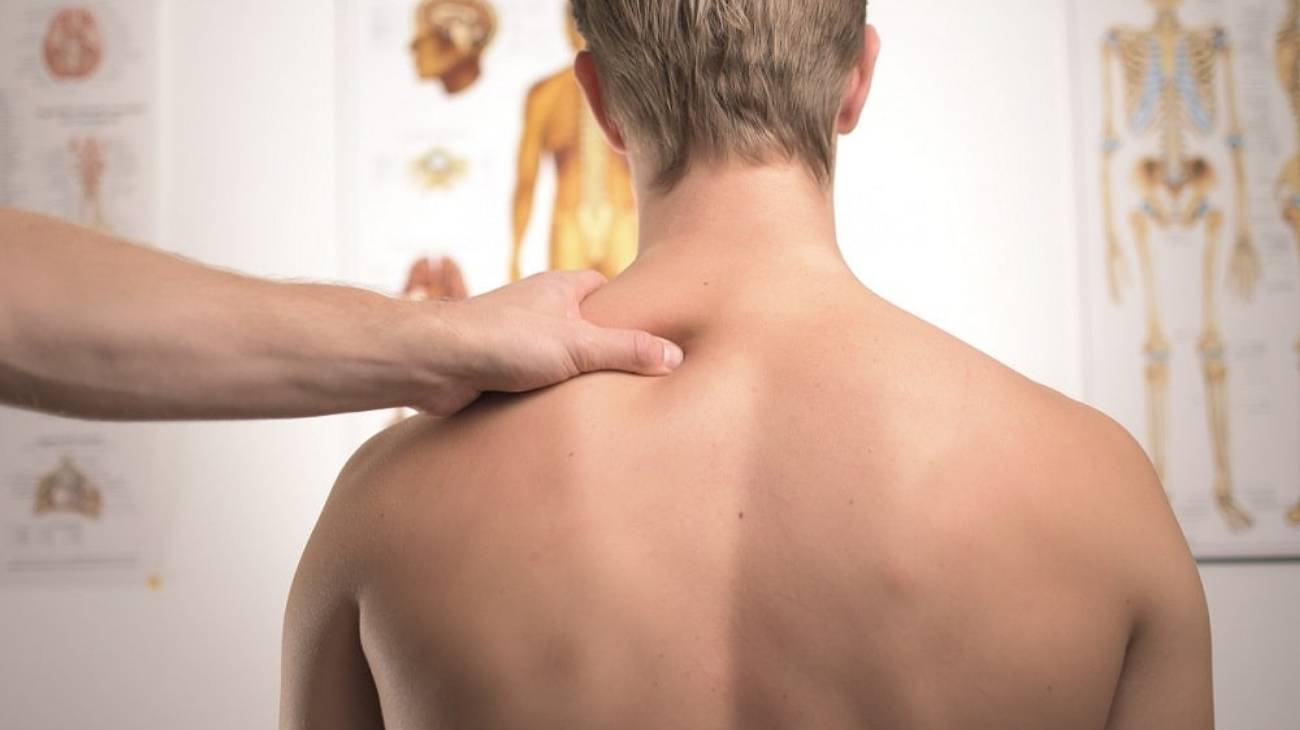- What is electrostimulation muscle stimulation (EMS) and what is it used for in physiotherapy?
- History and Origin: When did electricity begin to be used to stimulate muscles?
- Types of muscular electrostimulation: What are all the methods used?
- What are the benefits of using electrical muscle stimulation?
- When is it beneficial to use muscular electrostimulation sessions?
- Contraindications of EMS When is it not advisable to use it?
- F.A.Q. Frequently Asked Questions
Until recently, the stimulation of muscle fibers with electricity was reserved for elite athletes. This method has always been noted for its health benefits, in particular for improving resistance to soft tissue injury, and a reduction in muscle fatigue that improves the athlete's performance.
Today there are many electrostimulation devices that allow any amateur athlete to electrically stimulate their muscles and thus take advantage of all its benefits. But, what is muscular electrostimulation? Today you will learn all about it, especially the reasons why you should start using it.
What is electrostimulation muscle stimulation (EMS) and what is it used for in physiotherapy?
Muscle electrostimulation, or EMS, is a therapy that consists of stimulating muscle contractions through the use of electricity, so as to achieve an effect of activity and hypertrophy as in the gym, but without the need to go to any sports center. This means that you can put your muscles to work without leaving home.
What you are looking for is a clean contraction that simulates what you get from running long distances, lifting dumbbells or doing squats. However, the effect is not the same for the simple reason that when we move and exercise, we achieve total muscle activation, while the electrical discharges of EMS only achieve this in a percentage and not at the same intensity.
However, there is medical evidence to support results that, while not as exaggerated as marketing would like to sell them, are still extremely beneficial to health and provide an alternative for those days when you can't train regularly.
History and Origin: When did electricity begin to be used to stimulate muscles?
The use of electricity for medicinal purposes is by no means new. The Egyptians, who did not know electricity as such, theorized that muscles and joints could be stimulated externally, but it was not until the mid-18th century when the Italian physician Luigi Galvani, demonstrated that such stimulation could come from external electricity to achieve muscle contraction.
The idea was "forgotten" for many years as it was considered more of a cosmetic procedure, but during World War II the Soviets took up this idea with the aim of getting their soldiers to stay in shape during campaigns without the need for dedicated training.
Before that, in 1890, Professor Kotz of Russia developed a method of muscle stimulation with low frequency currents that did not affect the nervous system. These same currents were used during World War II and continued to be used for the preparation of astronauts and Olympic athletes. This is how Russian currents or Kotz currents were born, which would be the first truly effective electrical muscle stimulation therapy.
Types of muscular electrostimulation: What are all the methods used?
The 20th century was one of the most profitable for the field of electrostimulation. Throughout this time until today, many therapies have been developed based on electrical stimulation. Thus, some of the types that you will learn about below were born:
Transcutaneous electrical stimulation (TENS)
Transcutaneous electrical nerve stimulation or TENS is a therapy in which high frequency currents are used, but with an intensity below the motor threshold that is applied superficially and does not generate a contraction reaction in the muscle like EMS.
Its application is not focused on strengthening the muscle fibers, but rather on pain relief and stimulation of the cells for their recovery in the scenario of injuries such as strains, tears and other soft tissue ailments.
The application of TENS machines should always be directed by a specialist, since the current used must comply with certain parameters of electrode placement, waveform, frequency and pulse width, current intensity, and duration and frequency per session, which must be perfectly optimized to achieve the desired effects.
Neuromuscular electrical stimulation (NMES)
This is a therapy in which high or low intensity current is applied transcutaneously, but on this occasion, the aim is to contract the muscle between 10% and 60% of its maximum capacity. Like TENS, the power and frequency of the current does not generate risks for the central nervous system.
Initially this therapy was used to achieve a slight activation of the muscles in the first days after recovering from a muscle injury, since the low intensity of the contractions is ideal to avoid a return to action that generates relapses. However, in the last decade it has been shown that it can also have beneficial effects on sports performance.
In 2016 an opinion article was published (Veldman et al, 2016; Frontiers in Physiology, 18nov) in which the authors affirm the effectiveness of NMES in improving aerobic endurance in both high-intensity athletes and people who do not occupy too much time in physical training.
Ionophoresis
An ion is an atom that has electrical energy. The application of these by means of galvanic current is used in medicine under the name of ionophoresis for both therapeutic and diagnostic purposes to detect ailments and muscular problems. Its use has become very popular in sports, but the reality is that it is a valid therapy for anyone with any soft tissue injury.
It is mainly used during recovery processes, since the application of ions to stimulate the tissues generates is highly effective in relieving pain. But its benefits go beyond and it is presented as a great ally when you need to improve blood flow in a specific area of the body, or to reduce edema and hematomas.
Russian stimulation (Kotz method)
This is one of the first forms of muscular stimulation with electricity developed in modern medicine. It uses medium-frequency interferential currents that were originally intended to improve the performance and physical capabilities of Soviet soldiers, but over time it was found to be much more useful in the field of physiotherapy and rehabilitation medicine.
Kotz currents are ideal for rehabilitating patients with motor problems caused by cardiovascular accident (CVA), joint deformity or paraplegia. Although it is still a good aesthetic option for toning abdomen and leg.
Interpherential current
They are a group of medium frequency currents. They do not have galvanic properties, and their frequency is ideal for treating muscle problems because they do not generate damage or side effects on the skin. This type of electrical stimulation therapy can be used both to accelerate recovery processes and to achieve better physical performance, although there is no clear evidence to support the latter.
What there is evidence that it generates a profound analgesic effect and considerably improves the amount of blood flowing in the soft tissues, which activates cell regeneration and facilitates the absorption of nutrients to achieve rapid recovery from muscle and joint injuries.
High voltage galvanic current
This is a therapy in which currents of between 150 and 500 volts are used, as indicated by the specialist, and as required by the problem to be treated. Its frequency also tends to vary between 0.1-200 Hz, and its pulses are short, no more than 200 microseconds.
This current is mainly used for recovery processes of injuries in muscles and joints, since its regular use for aesthetic purposes is unfeasible and potentially counterproductive in most things. Therefore, its application seeks to stimulate cell regeneration, relieve pain, and improve blood flow.
What are the benefits of using electrical muscle stimulation?
As you will see, electrical muscle stimulation can be applied in different ways and with different objectives, but it will always be useful since it provides a great number of benefits.
Below we present the most important ones that you should take into account when applying it:
- Reduces muscle fatigue: by applying it regularly you will get healthier muscles that will better resist the fatigue of your workouts and competition.
- Improves blood flow: constant stimulation will increase blood circulation in the muscles and joints where it is applied. This is essential for healthier muscles.
- Reduces the risk of injury: by having healthier muscles, you will be able to compete without worrying about suffering muscle injuries such as strains, contractures or tears due to tiredness and fatigue.
- Relieves pain: in injury recovery processes it is an invaluable ally since it generates pain relief that facilitates a more pleasant recovery for the patient.
- Reduces recovery time: you can be sure that the recovery time for your injury will be considerably shortened if your specialist includes this stimulation.
- Prevents edema formation: injuries caused by contusions or even those that undergo surgery tend to generate edema in the skin. Well, thanks to EMS can be avoided almost completely to prevent infections and other problems that lengthen your recovery.
- Stimulates tissue healing: by increasing blood flow, the soft tissues also receive more nutrients and the electricity will activate the cellular recovery process to heal muscle tissues in the shortest possible time.
- Tones muscles: as you have seen, some currents use ideal frequencies and intensities to achieve muscle activation that although it does not promise to improve your performance or achieve hypertrophy to make them grow, it is ideal for toning them.
When is it beneficial to use muscular electrostimulation sessions?
The usefulness of muscular electrostimulation is wide, since you will always find an ideal type of current to achieve specific objectives. Therefore, it is recommended and highly beneficial to use EMS in cases such as:
- Recovering from injuries as it activates cell regeneration and relieves pain to make these processes as pleasant as possible.
- Exercise the muscles when you do not have time to go to the gym regularly, a TENS or EMS equipment can be a complement to maintain the form on days when you can not go to train.
- If complemented with cardio and high intensity exercises it can help reduce cellulite in legs, buttocks and abdomen.
- Rehabilitation for patients with motor problems resulting from stroke and other degenerative diseases of the nervous system.
- Prevent injuries by helping to strengthen muscles and make them healthier so that both muscles and joints are less prone to ailments.
- Prevent muscle atrophy and weakness in intensive care patients who must be on bed rest for long periods of time. Whenever the health professional on duty considers it convenient.
Contraindications of EMS When is it not advisable to use it?
The use of electricity means that its application should always be supervised by a professional. In addition, being an element capable of generating reactions in our nervous and circulatory system, its application is not recommended in cases such as the following:
- Pacemakers.
- Epilepsy.
- Injured or irritated skin.
- Tumors or metastases
- Varicose veins or very pronounced spider veins.
- Thrombosis.
- Active thrombophlebitis.
- Hemorrhagic processes.
- Fever.
- Acute renal failure.
- Rhabdomyolysis.
- Alterations of sensitivity.
- Weakened immune system.
- Prohibited for use on the head.
- Cardiac disease or arrhythmia.
- Autoimmune disease.
- On the abdomen during pregnancy.
F.A.Q. Frequently Asked Questions
References
- Hsueh, T. C., Cheng, P. T., Kuan, T. S., & Hong, C. Z. (1997). The immediate effectiveness of electrical nerve stimulation and electrical muscle stimulation on myofascial trigger points1. American journal of physical medicine & rehabilitation, 76(6), 471-476. https://journals.lww.com/ajpmr/Abstract/1997/11000/THE_IMMEDIATE_EFFECTIVENESS_OF_ELECTRICAL_NERVE.7.aspx
- Hummelsheim, H., Maier-Loth, M. L., & Eickhof, C. (1997). The functional value of electrical muscle stimulation for the rehabilitation of the hand in stroke patients. Scandinavian journal of rehabilitation medicine, 29(1), 3-10. https://europepmc.org/article/med/9084099
- Adams, G. R., Harris, R. T., Woodard, D., & Dudley, G. A. (1993). Mapping of electrical muscle stimulation using MRI. Journal of applied physiology, 74(2), 532-537. https://journals.physiology.org/doi/abs/10.1152/jappl.1993.74.2.532
- Dudley-Javoroski, S., & Shields, R. K. (2008). Muscle and bone plasticity after spinal cord injury: review of adaptations to disuse and to electrical muscle stimulation. Journal of rehabilitation research and development, 45(2), 283. https://www.ncbi.nlm.nih.gov/pmc/articles/PMC2744487/
- Marks, R., Ungar, M., & Ghasemmi, M. (2000). Electrical muscle stimulation for osteoarthritis of the knee: biological basis and systematic review. Database of Abstracts of Reviews of Effects (DARE): Quality-assessed Reviews [Internet]. https://www.ncbi.nlm.nih.gov/books/NBK68393/
- Gerovasili, V., Stefanidis, K., Vitzilaios, K., Karatzanos, E., Politis, P., Koroneos, A., ... & Nanas, S. (2009). Electrical muscle stimulation preserves the muscle mass of critically ill patients: a randomized study. Critical care, 13(5), 1-8. https://link.springer.com/article/10.1186/cc8123
- Pinar, S., Kaya, F., Bicer, B., Erzeybek, M. S., & Cotuk, H. B. (2012). Different recovery methods and muscle performance after exhausting exercise: comparison of the effects of electrical muscle stimulation and massage. Biology of sport, 29(4), 269-275. https://www.termedia.pl/Original-paper-DIFFERENT-r-nRECOVERY-METHODS-AND-MUSCLE-PERFORMANCE-AFTER-EXHAUSTING-EXERCISE-COMPARISON-OF-THE-EFFECTS-OF-ELECTRICAL-MUSCLE-STIMULATION-AND-MASSAGE,78,23405,0,1.html
- Banerjee, P., Caulfield, B., Crowe, L., & Clark, A. (2005). Prolonged electrical muscle stimulation exercise improves strength and aerobic capacity in healthy sedentary adults. Journal of applied physiology, 99(6), 2307-2311. https://journals.physiology.org/doi/full/10.1152/japplphysiol.00891.2004
- Lake, D. A. (1992). Neuromuscular electrical stimulation. Sports medicine, 13(5), 320-336. https://link.springer.com/article/10.2165/00007256-199213050-00003
- Callaghan, M. J., & Oldham, J. A. (2004). Electric muscle stimulation of the quadriceps in the treatment of patellofemoral pain. Archives of physical medicine and rehabilitation, 85(6), 956-962. https://www.sciencedirect.com/science/article/abs/pii/S0003999303010645

